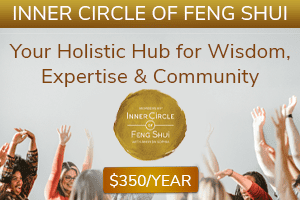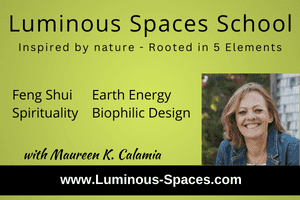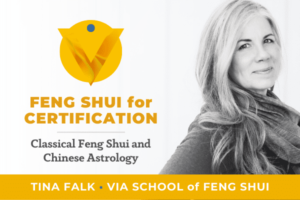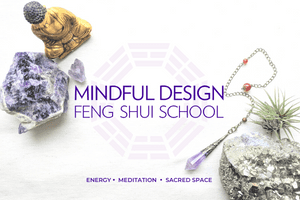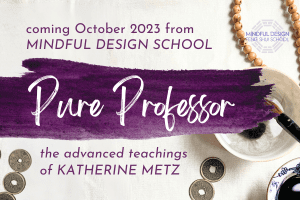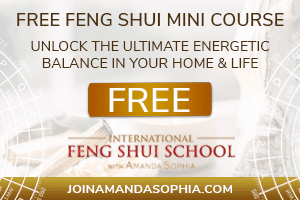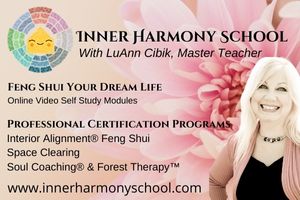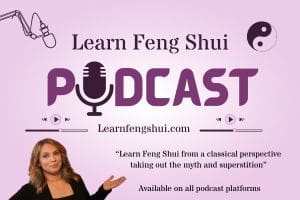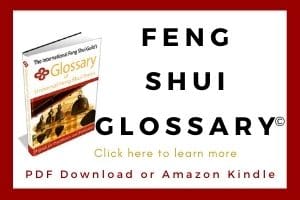The Feng Shui Bagua
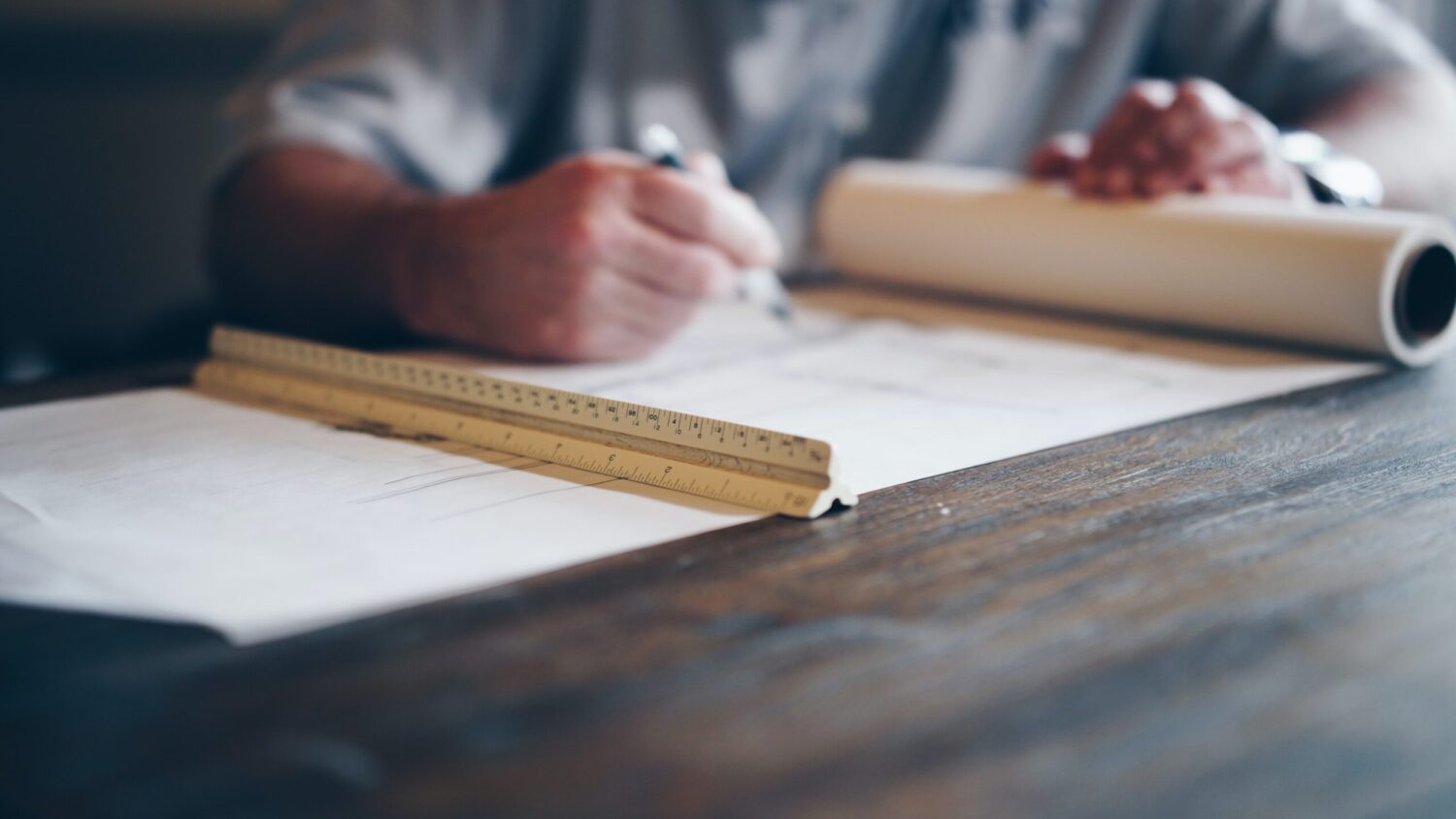
Also called ba-gua or pakua, the Feng Shui bagua is one of the main tools used in Feng Shui to map a space or room in order to analyze the energy according to life areas. The bagua can be used for a home, office, property, garden, or even a piece of furniture. It is incredibly versatile and is used in most Feng Shui perspectives, sometimes in a slightly different format.
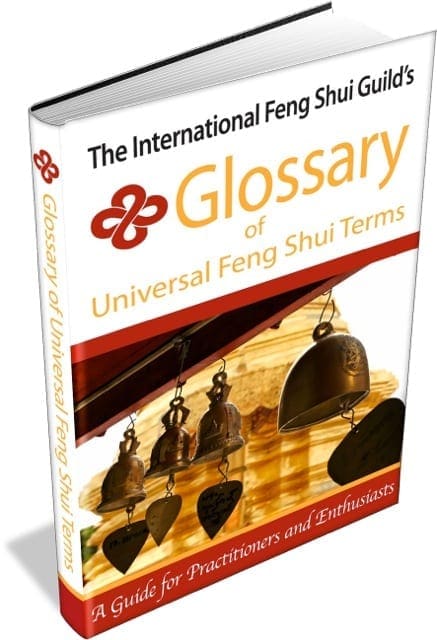 The bagua map is a diagram, a Chinese flowchart if you will, to the universal energies for a person’s life goals and paths. Originating from the I Ching and the Lo Shu, bagua is literally translated as “eight house.” It consists of eight external spaces or guas and a central one called the Tai Ji or center. Each of the eight houses is named by a trigram, and points to a specific direction, number, element, season, color, body organ, family member, symbol, location and other life aspects in resonance with that trigram sector. Source: IFSG Feng Shui Glossary
The bagua map is a diagram, a Chinese flowchart if you will, to the universal energies for a person’s life goals and paths. Originating from the I Ching and the Lo Shu, bagua is literally translated as “eight house.” It consists of eight external spaces or guas and a central one called the Tai Ji or center. Each of the eight houses is named by a trigram, and points to a specific direction, number, element, season, color, body organ, family member, symbol, location and other life aspects in resonance with that trigram sector. Source: IFSG Feng Shui Glossary
“The secret of change is to focus all of your energy, not on fighting the old, but on building the new.”
Placing the Bagua
Begin by standing at the entrance to the property or home or room, facing the entrance. Lay the bagua on the space with the front edge along the furthest most front edge of the structure.
The bagua is a rectangular or square grid that extends to the edges of all sides and corners. A tic-tac-toe grid is drawn dividing the entire shape into 9 quadrants. When a floor plan or blueprint is not completely square, you are often left with missing areas, corners or guas. This can cause an imbalance in your life and space that can then be adjusted any number of ways using Feng Shui.
See examples below, where the dark lines represent the layout of the bagua; the navy line represents the extents of the structure. The red dotted line represents a missing corner or guas where added support and attention should be placed to balance the floor plan.
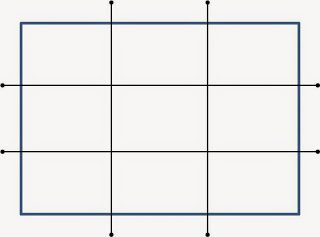
Square or rectangular space with bagua applied. No missing corners or holes.
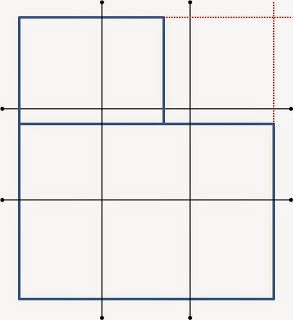
Space with an extension results in a missing corner; therefore the bagua map is missing that gua.
The space you are mapping determines on the size of the guas. While some schools of thought lay out the grid of nine squares equally, given that energy flow is fluid and uncontained, know that a bit of energy flow will ebb throughout the surrounding guas. Additionally, as shown above, any extensions of a structure, due to the shape of the building itself or through additions such as decks or porches, extend the outer reaches of the bagua edges. If a shape is not rectangular or square, this may result in missing areas or guas that can be addressed and remedied through advanced techniques by an educated professional. Want to read more about missing corners? Read this on our blog.
The Grid: The nine life areas, or guas are (facing the structure):
CAREER (front center) Kan (K’an) associated with North, element Water, colors black and dark blue, the kidney, bladder, ear, and the sense of hearing,and relates to your success and your relationship with the world outside your home
KNOWLEDGE AND SELF CULTIVATION, SELF ACTUALIZATION (front left) Gen (Ken) associated with Northeast, element yang Earth, colors brown to yellow and blue to green, the spleen, stomach, pancreas, the sense of taste, and the symbol Mountain.
HEALTH AND FAMILY, ANCESTORS AND FAMILY (middle left) Zhen (Chen) associated with East, element of Yang Wood, color green, the sense of sight and eyes, as well as the liver, gall bladder, extremities, muscles, tendons and ligaments.
WEALTH AND PROSPERITY (back left) Xun (Hsun) – commonly known as wealth and prosperity associated with Southeast, element Wood, colors green or purple, liver, gall bladder, ligaments, tendons, muscles, hips, thigh, and sense of sight.
FAME AND REPUTATION (back center) Li (Li) associated with South, element Fire, color red, heart, small intestine, blood, eye, and the sense of touch and feeling, symbol Fire.
LOVE AND RELATIONSHIPS, MARRIAGE AND FAMILY (back right) Kun (K’un) associated with Southwest, element of yin Earth, colors brown to yellow, the spleen, pancreas, stomach (belly), and sense of taste, mouth.
CHILDREN AND CREATIVITY (middle right) Dui (Tui) associated with West, element of Metal, color white, sense of smell, mouth, large intestines, lungs, and skin.
HELPFUL PEOPLE AND TRAVEL, TRAVEL AND BENEFACTORS (front right) Qian (Ch’ien) associated with Northwest, element of Metal, colors grey, white, metallic gold or silver, the head, lungs, large intestines, skin and the sense of smell.
CENTER, HEALTH (center) Tai Ji associated with center, element of earth, color yellow.
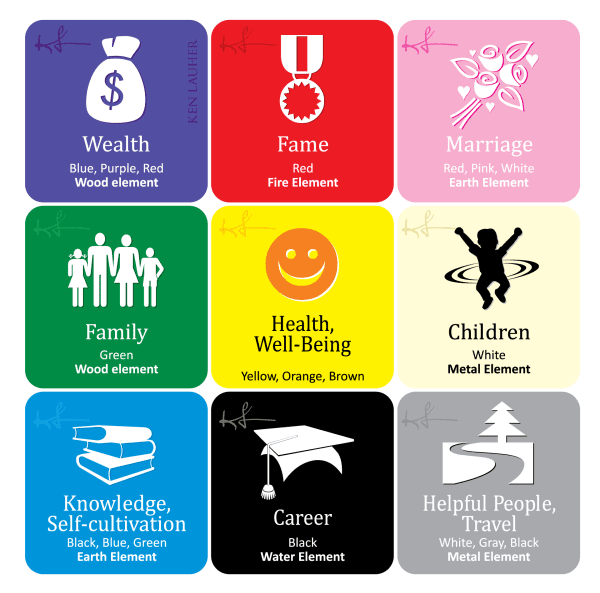
Western Bagua/Source Ken Lauer
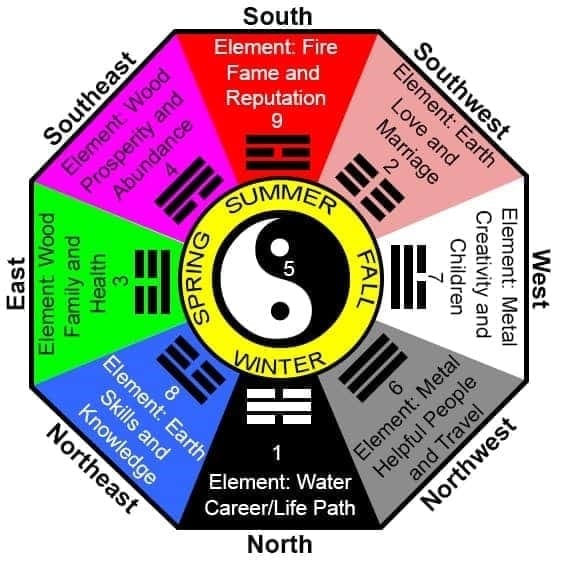
Compass Bagua/Source Feng Shui Nexus
When implementing cures or enhancements using the compass method, both the environment and the inhabitant’s personal energy are important. We divide the building or space into nine different areas using the luo pan or compass for the eight different compass directions (south, southwest, west, etc) and the center. Additionally, the age of the building is important as different years have potentially different effects on those working and living there.
Applying the bagua, working through the missing areas or corners is one piece of the puzzle. Balancing the five elements, looking at poison arrows or traffic flows through the space, clearing clutter, and more are all part of creating positive Feng Shui. Looking at the overall bagua in conjunction with aligning your goals and passions can bring about specific cures or enhancements that support your growth and change. For example, a single person looking to enhance their relationship status, would look first at the Love and Relationship gua of their space to boost the love energy. One could also look at the Love and Relationship gua of each room for an added boost.
Using the bagua in conjunction with Feng Shui cures can positively influence one’s chi, finances, love life, creativity, health, environment, and other personal life issues.

